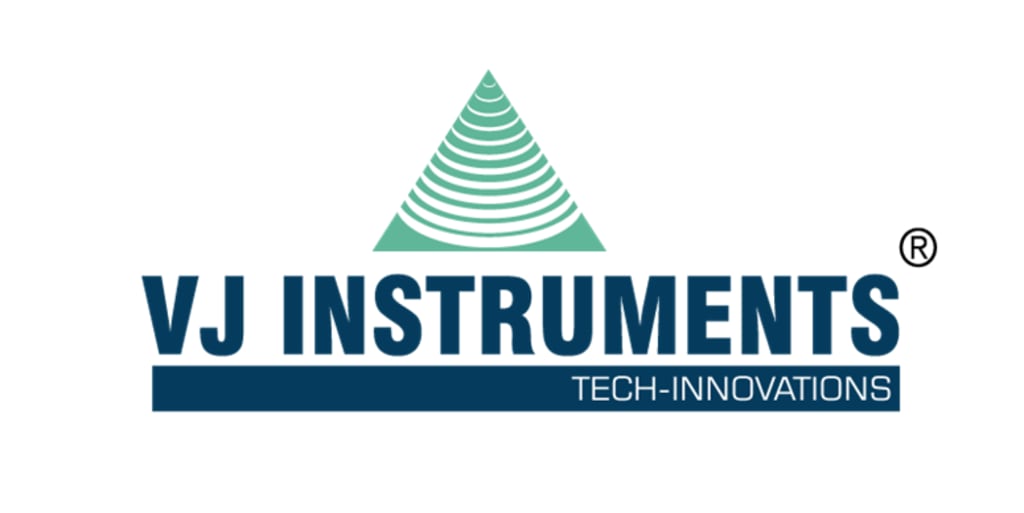Instruments used in Indian pharmaceutical Industry
Here, a sprayer is used to apply a thin layer of film solutions on the surface of the tablets

In the pharmaceutical industry, this coating process is by far the most popular. By using a variety of colors, the tablet is given character while the chemical makeup is maintained. The pill's unpleasant odor and taste are also masked.
Here, a sprayer is used to apply a thin layer of film solutions on the surface of the tablets. Only one step is required, which is the initial mixing of the polymer, plasticizer, solvent, and dye solution.
The tablets are sprayed with water and dried in a flash in a pan that spins. When the tablet is dry, a thin polymer film forms a protective barrier around it. Even if the tablet keeps its original color in the solution, it can be easily altered.
There is a large selection of tablet coating machines on the market right now. The three main categories are instruction, entertainment, and administration.
Fluidized-bed processing using the classic "Pan Pan with Holes"
Addition than the fluid bed dryer and the morris water maze, VJ Instruments also offers a wide variety of other items that are essential to the pharmaceutical sector.
Use of a Coating of Film
Polymers, plasticizers, dyes, and pigments are sprayed into a tablet coating machine after being dissolved in a solvent.
The tablets must remain in the pan so that the film receives a consistent coating. Accurately measuring the distance from the spray nozzle to the tablet bed will ensure uniform stacking. Typically, the coating solution atomizes into vanishingly tiny droplets. As the coating pan rotates, the sprayer will evenly distribute the coating solution across the bed. These tools typically have a spray system with many nozzles. After solvent drops are applied to the tablet, the vapor is driven off using hot air. The pill weight increases by 2%-4% when this occurs in a single-stage process. This drying procedure leaves a thin layer of film on the surface of each tablet. We do have different types of instruments like plethysmometer, water maze.
The practice of coating tablets for oral administration dates back more than a century. Tablet coating was first developed to make swallowing tablets more tolerable, but now it is used to increase the bioavailability of active pharmacological components. Coatings are placed on tablets for a variety of reasons, including timed release, flavor masking, and protection. They have introduced a new tablet coater that draws on the legacy of the Manesty product line as well as the cutting-edge innovations of today. It's a highly adaptable and streamlined coater that may be used for a wide range of coating tasks.
Involving, or revolving around, closed charging, sampling, and discharging. A drum coater designed with closed material handling is ideally suited for use with highly concentrated active substances. VJ Instruments also provide fluid bed processor.
Tablet Coaters:
Tablet coating is a common pharmaceutical process in which an active medicinal ingredient tablet or granule is covered with a thin polymer layer (APIs). Coatings are applied to solid dosage forms for many reasons, but the primary one is to modify the release patterns. For an oral dosage form to work, just the right amount of coating must be applied on its surface. The coating solution is sprayed over the free surface of the tablet bed in horizontal rotating pans. Tablet coating has many benefits, including the elimination of unpleasant odors and tastes, protection against physical and chemical degradation, and preservation of the medicine in a harsh stomach environment. Sugar coating, film coating, and enteric coating are just a few of the methods used to add a protective layer to tablets. Pharmaceutical technology has recently trended toward the development of coating solutions that address the many issues plaguing solvent-based coatings. Coating materials can now be applied to the surface of solid dosage forms directly, without the use of a solvent, thanks to recent technological advancements. Electrostatic dry coating, magnetically assisted impaction coating, compression coating, hot melt coating, powder coating, supercritical fluid coating, and others are all solvent-free coating options. The breakthrough Super-cell Coating Technology can coat tablets, regardless of how hygroscopic or friable they are, with precisely measured amounts of coating ingredients. In addition to conventional coating methods like sputtering and electrostatic spraying, cutting-edge coating technologies like Super-cell coating and magnetically assisted impaction coating are currently on the market. No visible or functional flaws should exist on the perfect tablet. The complexity of tablet presses; and/or the rising demands for quality have meant that technological breakthroughs and innovation in tablet manufacture have not reduced the challenges, often faced in production. An in-depth discussion of the development of tablet coating, the most up-to-date methods for coating tablets, and available treatments are the focus of this analysis.





Comments
There are no comments for this story
Be the first to respond and start the conversation.